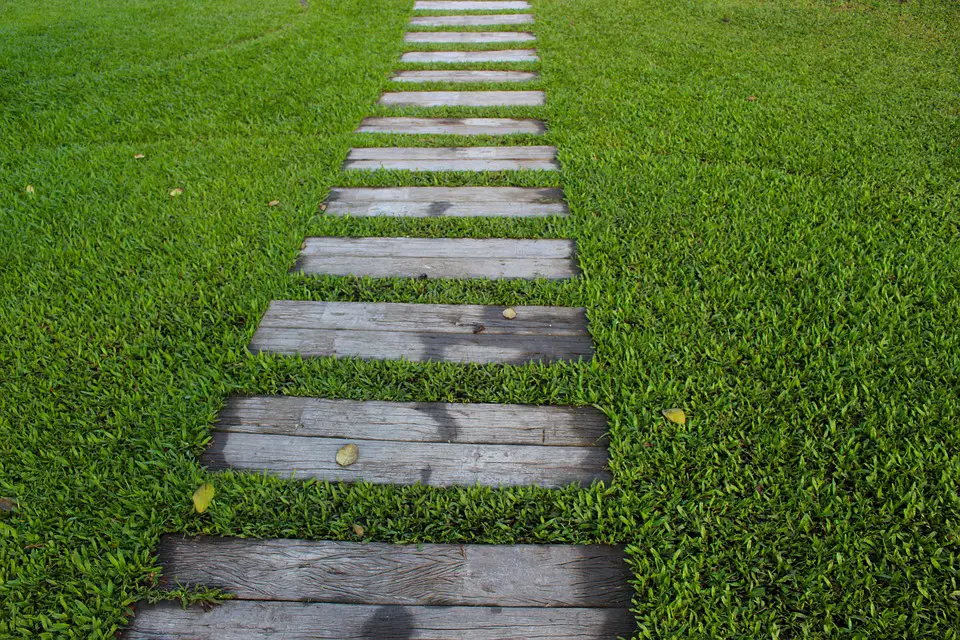In today’s world, water conservation is more important than ever. With droughts becoming more frequent and water resources dwindling, it’s crucial to find ways to create beautiful landscapes that are both visually appealing and water-wise. Xeriscaping is the solution to this problem, offering a sustainable and environmentally-friendly approach to landscaping.
What is Xeriscaping?
Xeriscaping is a landscaping technique that focuses on reducing the need for water by using drought-tolerant plants, efficient irrigation systems, and other water-saving methods. By minimizing the need for water, xeriscaping not only helps conserve this valuable resource but also reduces maintenance requirements and costs.
Benefits of Xeriscaping
There are many benefits to xeriscaping, including:
| Benefits | Description |
|---|---|
| Water Conservation | Xeriscaping can reduce water usage by up to 50-75% compared to traditional landscaping. |
| Low Maintenance | Drought-tolerant plants require less watering, pruning, and fertilizing. |
| Cost Savings | Reduced water bills and maintenance costs lead to long-term savings. |
| Environmental Benefits | Xeriscaping promotes biodiversity and reduces pollution from lawnmowers and other equipment. |
Designing a Xeriscape
When designing a xeriscape, it’s essential to consider the following elements:
1. Plant Selection:
Choose drought-tolerant plants native to your region for a sustainable landscape that thrives in local conditions.
2. Soil Preparation:
Improve soil quality by adding organic matter and mulch to enhance water retention and reduce evaporation.
3. Irrigation Systems:
Install efficient drip irrigation systems or soaker hoses to deliver water directly to plant roots and minimize wastage.
4. Mulching:
Use mulch to retain moisture, suppress weeds, and regulate soil temperature in your xeriscape.
5. Maintenance:
Regularly monitor and adjust watering schedules, prune plants, and remove weeds to ensure a healthy and thriving xeriscape.
Frequently Asked Questions:
1. Can I still have a visually appealing landscape with xeriscaping?
Yes, xeriscapes can be just as beautiful as traditional landscapes, with a wide variety of colorful and textured drought-tolerant plants available.
2. Will xeriscaping increase my property value?
Research has shown that xeriscaping can increase property values by up to 20% due to lower maintenance costs and increased curb appeal.
3. Is xeriscaping suitable for all climates?
Xeriscaping can be adapted to suit various climates, with different plant choices and irrigation methods available for different regions.
4. How much water can I expect to save with xeriscaping?
On average, xeriscaping can reduce water usage by 50-75% compared to traditional landscaping, resulting in significant savings over time.
5. Is xeriscaping more expensive than traditional landscaping?
While initial costs may be slightly higher, long-term savings on water bills and maintenance make xeriscaping a cost-effective choice.
6. How do I get started with xeriscaping?
Start by researching drought-tolerant plants native to your area, improving soil quality, and implementing efficient irrigation systems to create a water-wise landscape.
7. Can I still have a lawn in a xeriscape?
Yes, lawns can be included in a xeriscape design, but consider using drought-tolerant grass varieties and reducing turf areas to conserve water.
8. How can I attract pollinators to my xeriscape?
Planting a variety of nectar-rich flowers, shrubs, and trees will attract pollinators such as bees, butterflies, and hummingbirds to your xeriscape.
9. What maintenance is required for a xeriscape?
Regular watering, pruning, weeding, and mulching are necessary to maintain a healthy and thriving xeriscape landscape.
10. Are there any government incentives for xeriscaping?
Some municipalities offer rebates or incentives for xeriscaping projects to encourage water conservation and sustainable landscaping practices.
In conclusion, xeriscaping is a practical and sustainable landscaping approach that not only conserves water but also enhances the beauty and value of your property. By following the principles of xeriscaping and incorporating water-wise plants and methods into your landscape design, you can create a vibrant and environmentally-friendly outdoor space that thrives in all seasons. Embrace xeriscaping today and enjoy the benefits of a beautiful and water-wise landscape for years to come.
